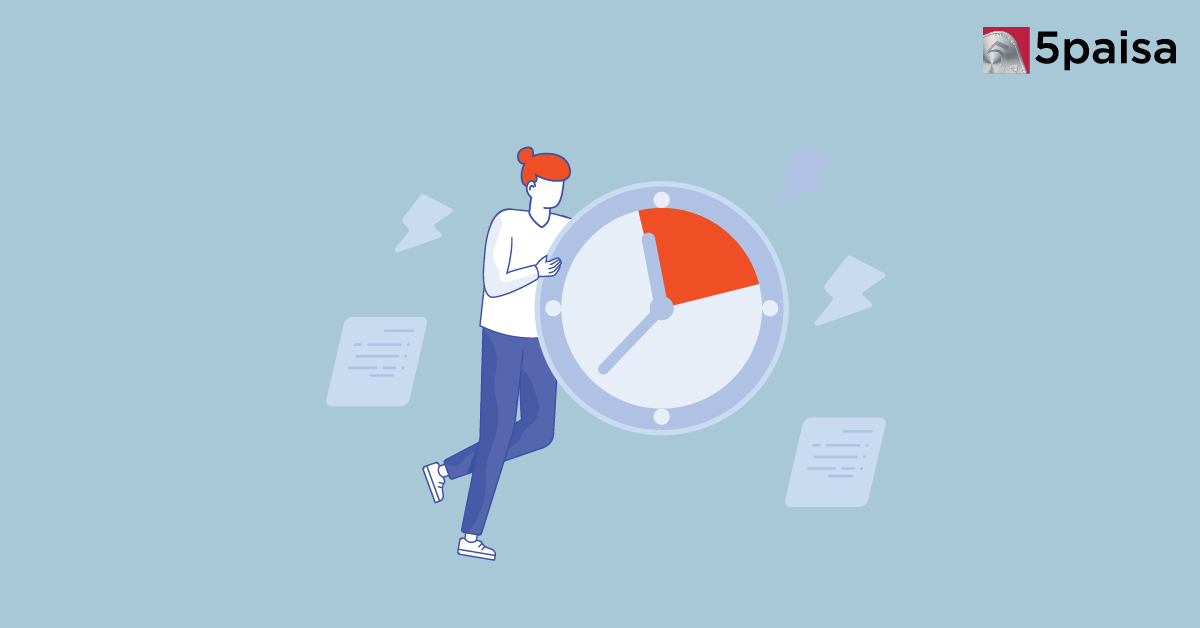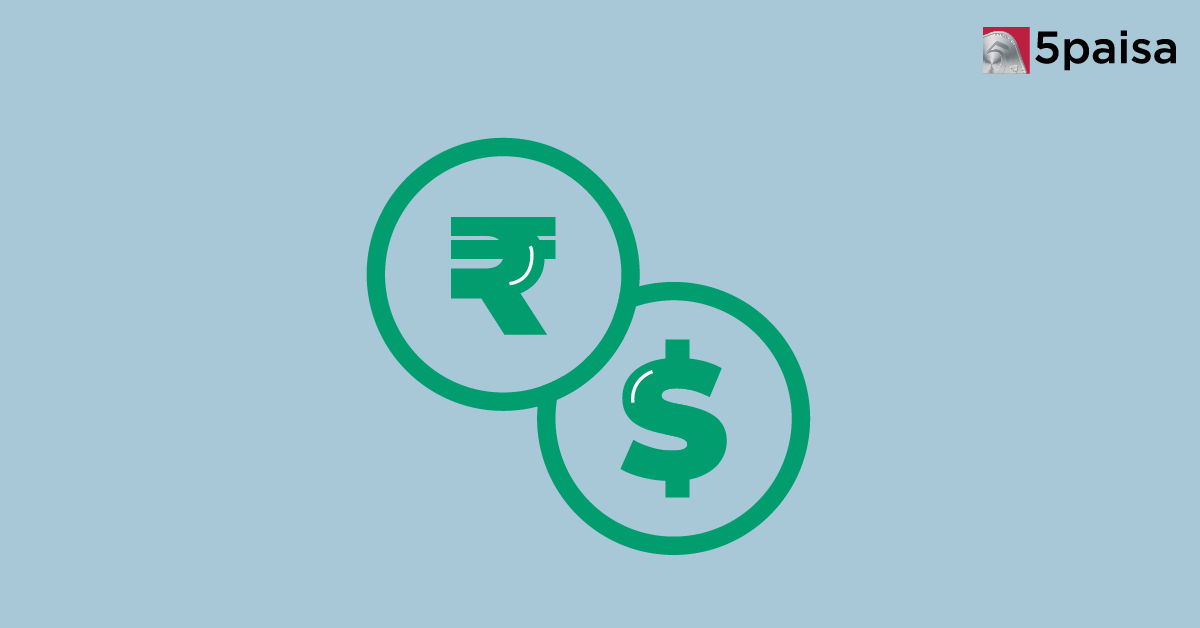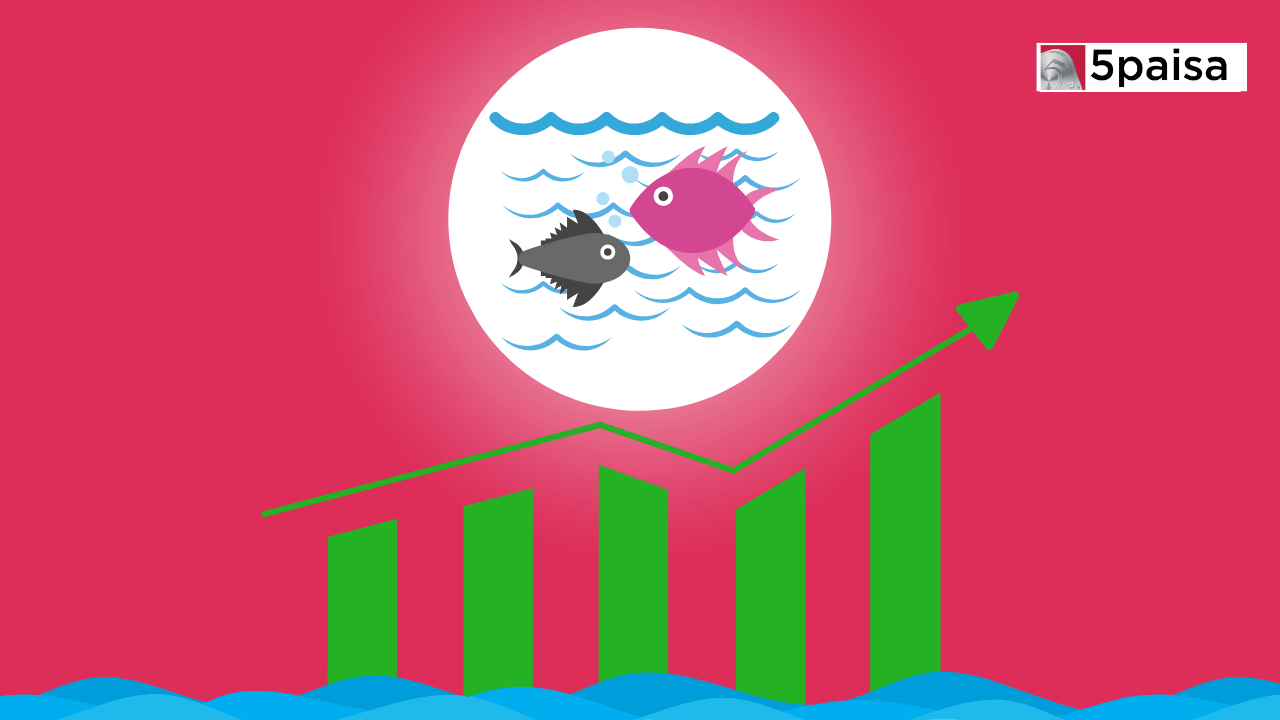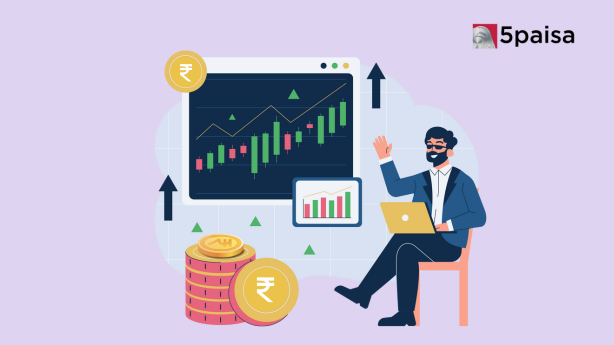iThe current values are delayed, open demat account for live values.
Nifty Bank
Nifty Bank Performance
-
Open
59,893.15
-
High
60,112.85
-
Low
59,564.80
-
Prev Close
59,990.85
-
Dividend Yeild
0.98%
-
P/E
16.52
Other Indices
| Indices Name | Price | Price Change (% change) |
|---|---|---|
| India VIX | 10.535 | 0.59 (5.88%) |
| Nifty 10 Yr Benchmark G-Sec | 2612.47 | -0.57 (-0.02%) |
| Nifty 10 Yr Benchmark G-Sec (Clean Price) | 890.35 | -0.36 (-0.04%) |
| Nifty 100 | 26522.9 | -258.9 (-0.97%) |
| Nifty 100 Alpha 30 Index | 18163.2 | -134.45 (-0.73%) |
Constituent Companies
| Company | Market Cap | Market Price | Volume | Sector |
|---|---|---|---|---|
| State Bank of India | ₹929616 Cr |
₹998
(1.53%)
|
9542850 | Banks |
| Kotak Mahindra Bank Ltd | ₹426333 Cr |
₹2133.2
(0.12%)
|
2860022 | Banks |
| Federal Bank Ltd | ₹63623 Cr |
₹255.5
(0.46%)
|
9702121 | Banks |
| HDFC Bank Ltd | ₹1460227 Cr |
₹946.5
(1.15%)
|
19252335 | Banks |
| ICICI Bank Ltd | ₹1021481 Cr |
₹1435.6
(0.77%)
|
10935054 | Banks |
What is the Nifty Bank Index?
The Nifty Bank Index, also referred to as Nifty Bank, is basically a sectoral index made up of Indian banking businesses. Twelve of the nation’s biggest and most liquid financial institutions make up the index.
Investors frequently utilise the Nifty Bank sectors index to assess how well Indian banks perform. The most liquid and highly funded Indian banking shares are included in the Nifty Bank, also known as Bank Nifty, index.
Traders can use it as a baseline to measure how Indian bank stocks have performed in the financial markets. Not only that. Asset Management and Mutual fund companies utilize it as a benchmarking tool to compare the outcomes of their investments to the index.
To capitalize on the index’s brief price swings, CFDs of the Nifty Bank could also be exchanged on the market.
How is the Nifty Bank Index Value Calculated?
Bank Nifty, officially known as the Nifty Bank Index, tracks the performance of 12 major banking stocks listed on the NSE. These include large private sector banks and selected public sector banks with high liquidity.
How Bank Nifty Is Calculated
- The index is calculated using the free-float market capitalisation method.
- Each constituent’s weight depends on its free-float market value, not total market cap.
- A stock-level weight cap is applied to prevent excessive concentration in a single bank.
This methodology ensures the index reflects market-driven movements while avoiding over-dependence on any one stock.
Nifty Bank Scrip Selection Criteria
● Firms must be NIFTY 500 members at the point of assessment.
● A deficit quantity of stocks will be chosen from the world of securities classified within the leading 800 based on both current average revenue and estimated average full market cap using the prior six months’ time frame data in use for index rebalancing of NIFTY 500 if the selection of suitable stocks reflecting a specific industry within NIFTY 500 drops below 10.
● Businesses must be a component of the financial industry.
● The company’s market volume in the previous six months must have been at least 90%.
● The business must have a six-month listing record. If a firm launches an IPO and meets the standard eligibility requirements for the index for a 3-month term rather than a 6-month timeframe, it’ll be eligible for participation in the index.
● Businesses that are permitted to deal in the F & O sector are the only ones that can be index constituents.
● The final twelve businesses will be chosen based on their free-float market capitalization.
● The weighting of every stock within the index is determined based on its free-float market capitalization, except for the top three stocks, whose combined weighting cannot exceed 62% at the rebalancing time and cannot exceed 33% for any one stock.
Bank Nifty Constituents And Weightage
Bank Nifty is not equally weighted. A few large banks carry a significant share of the index, which is why movements in select stocks often drive the index direction. Do note this is subject to change at any point in time basis instructions from the exchanges.
Current Bank Nifty Constituent Weightage (Approximate)
| Bank | Weight in Index (%) |
|---|---|
| HDFC Bank | ~28-30% |
| ICICI Bank | ~22-24% |
| State Bank of India (SBI) | ~10-12% |
| Axis Bank | ~8-10% |
| Kotak Mahindra Bank | ~7-9% |
| Others (combined) | ~14% |
Why Weight Caps Matter
- No single stock can dominate the index beyond prescribed limits.
- This helps maintain diversification within the banking sector.
- Even so, the top 3 banks together often account for over 55% of the index, making their earnings and news flow especially influential.
This is why Bank Nifty reactions are often closely tied to results or announcements from a handful of large banks.
How does Bank Nifty work?
Over the years, Bank Nifty has assisted people in increasing their capital. However, the profit in the stock market comes with a warning of upcoming losses. As is often said, "what goes up must come down." This saying is also true of bank nifty, as the price of scrip increases as the market improves, but the subsequent decline can undo all of your long-term planning.
Compared to long-term investors, day traders are more frequently affected by fluctuations. Apart from situations where they must haphazardly sell before their chosen date, long-term traders experience less loss. Over the years, the Bank Nifty index has dramatically improved. The expectations from the index are now higher than ever.
What are the Benefits of Investing in the Nifty Bank?
Investing in the Nifty Bank offers several benefits:
● Diversification: Exposure to a broad segment of the banking sector, including major public and private sector banks, helps diversify investment risks.
● Sector Focus: Ideal for investors looking to specifically gain from the banking sector's growth, influenced by economic reforms, interest rate changes, and policy shifts.
● Liquidity: Nifty Bank stocks are highly liquid, facilitating easy entry and exit points for traders and investors.
● Benchmarking: It serves as a benchmark for assessing the performance of mutual funds and other portfolios focused on the banking sector.
● Accessibility: Various financial instruments like ETFs and futures are linked to Nifty Bank, providing different avenues for investment at various risk levels.
These attributes make Nifty Bank a valuable component for both strategic long-term investment and tactical short-term trading.
Bank Nifty Historical Performance And Long-Term Trends
Looking at Bank Nifty over a longer horizon helps put daily volatility into perspective.
Bank Nifty Over The Last 20 Years
- Bank Nifty has historically outperformed broader indices during credit growth cycles.
- Periods of strong loan expansion, improving asset quality, and falling interest rates have coincided with sharp uptrends.
- Conversely, phases of credit stress, rising NPAs, or regulatory tightening have led to prolonged consolidation or drawdowns.
Boom vs Slowdown Phases
- Economic expansions: Banks benefit from higher credit demand, improving margins, and better profitability.
- Economic slowdowns: Concerns around asset quality, loan defaults, and margin pressure often weigh on banking stocks faster than other sectors.
As a result, Bank Nifty tends to behave like a high-beta proxy for India’s economic cycle.
Key Factors That Influence Bank Nifty Movements
Bank Nifty is sensitive to a mix of macro-economic, regulatory, and sector-specific factors.
1. Interest Rate Environment
- Rising interest rates can improve margins initially but may slow credit growth.
- Falling rates often support loan demand but may pressure margins.
2. Credit Growth And Asset Quality
- Strong loan growth generally supports bank stocks.
- Rising NPAs or provisioning concerns tend to drag the index lower.
3. RBI Policy And Banking Regulations
- Changes in capital requirements, liquidity norms, or lending rules can directly impact valuations.
- RBI commentary is often a key short-term trigger for Bank Nifty.
4. Economic And Corporate Activity
- GDP growth, corporate capex cycles, and consumer demand all feed into banking performance.
Because of this, Bank Nifty often reacts faster to macro news than many other sectoral indices.
How To Invest Or Trade Bank Nifty
Bank Nifty attracts different types of market participants, depending on their time horizon.
Investing In Bank Nifty
Investors typically gain exposure through:
- Index funds or ETFs tracking Bank Nifty
- Broader mutual funds with high banking allocation
This route is generally used for longer-term sector exposure.
Trading Bank Nifty
Active traders often use:
- Bank Nifty futures for directional views
- Bank Nifty options for strategies based on volatility, range, or event-driven moves
Due to higher volatility, Bank Nifty derivatives are popular but require clear risk management and product understanding.
Why Bank Nifty Matters In The Indian Stock Market
Bank Nifty is more than just a sector index:
- It reflects the health of India’s financial system.
- It often leads or confirms broader market trends.
- It plays a key role in derivatives volume and price discovery.
For many market participants, Bank Nifty acts as a real-time barometer of risk appetite in the Indian equity market.
Nifty Bank Chart

More About Nifty Bank
FAQs
How To Invest in Nifty Bank Stocks?
To invest in Nifty Bank stocks, you can buy shares of individual banks within the index or opt for Nifty Bank ETFs and mutual funds. This allows diversification and direct exposure to the banking sector.
What are Nifty Bank stocks?
Nifty Bank stocks comprise the major public and private sector banks listed on the National Stock Exchange of India. They form the Nifty Bank Index, reflecting the performance of India's banking sector.
Can you trade shares on Nifty Bank?
Yes, you can trade shares of individual banks listed on the Nifty Bank index. Additionally, you can trade derivatives like futures and options directly linked to the Nifty Bank index itself.
In which year was the Nifty Bank Index launched?
The Nifty Bank Index was launched in the year 2003 by the National Stock Exchange of India to track the performance of the banking sector.
Can we buy Nifty Bank and sell it tomorrow?
Yes, you can buy Nifty Bank futures or options today and sell them tomorrow. This short-term trading strategy is commonly used in financial markets.
Latest News

- Jan 08, 2026
In response to numerous complaints from the industry about problems faced regarding realignment to support processing and operating requirements for developing new systems and processes, SEBI has extended the implementation date of providing additional incentives for mutual fund distributors until March 1st, 2026, from its original date of February 1st, 2026.

- Jan 08, 2026
Rupee jumped 0.3% to 89.88 on Wednesday, its highest point in one week after recording an intraday high of 89.86, compared to Tuesday's close of 90.1650. Traders believe that the increase was primarily caused by the sale of the dollar by state-owned banks, which was probably directed by the Reserve Bank of India (RBI). This is the second day in a row that the RBI has intervened in this manner.
Latest Blogs
As we entered 2026, India’s aquaculture industry remains a bright spot of the country’s farm products export and rural/semi-urban economy. India is traditionally an agri/farm-savvy economy with an extensive coastline across the country in the east, west, and south, supported by both sea and freshwater resources.
- Jan 08, 2026

India is the world’s 4th largest economy (~$4.1T), and is also the world’s 4th largest stock market (~$5.3T) by market capitalisation. The Indian stock market is only lagged by the US (~$70.3T), China (~$16.2T), and Japan (~$6.3T) as of early January 2026.
- Jan 08, 2026
